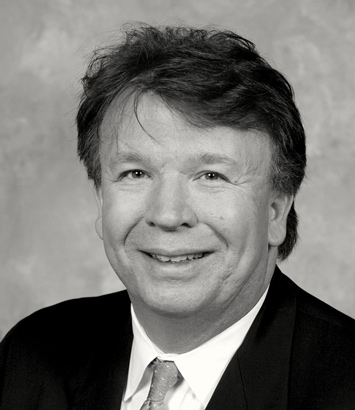NLRB Will No Longer Require Employers to Permit Union Organizers in “Public Space” on Employers’ Property
June 18, 2019 – Legal AlertsOverruling 38 years of precedent, the NLRB has determined employers have no duty to permit union organizers to use “public space” to solicit union support on their property. UPMC and SEIU, 368 NLRB No. 2 (June 14, 2019).
UPMC is a hospital system based in western Pennsylvania. SEIU organizers visited the hospital cafeteria and distributed organizing materials to employees over lunch discussing union organizing activity. The hospital maintained a no-solicitation practice that prohibited nonemployees from using the cafeteria for purposes of solicitation. When the hospital learned of the union organizers’ presence and purpose, they were asked to leave the cafeteria by security guards, and when they refused, local police were summoned and escorted the organizers off the property. The Union filed unfair labor practice charges, alleging that this act was illegal.
The NLRB disagreed. Since 1981, the NLRB has created an entitlement to union agents to obtain access to “public space” – or, space in an employer’s property open to the public – for the purpose of soliciting union support among employees. Typically, the “public space” involved a cafeteria or a restaurant, and union agents were permitted to use the space in a manner consistent with its intended use as long as they were not disruptive. Montgomery Ward & Co., 256 NLRB 800, 801 (1981).
“The Board’s approach has been soundly rejected by multiple circuit courts (of appeal).” In support of this finding, the Board recited decisions from the circuit courts of appeal of the 6th, 4th and 8th circuits, concluding the “public space” exception was insupportable in light of the United States Supreme Court decisions that permit employers to prohibit union agents from entering an employer’s property for organizing activity if the union could appeal to employees through other means and if the employer does not discriminate against unions by permitting other persons or organizations from soliciting on its property. NLRB v. Babcock & Wilcox, 351 U.S. 105, 112 (1956). Even when those conditions exist, the United States Supreme Court has held both of these exceptions are “narrow” and unions have a “heavy” burden of proof to establish the exception. Sears Roebuck & Co. v. San Diego District Council of Carpenters, 436 U.S. 180, 205 (1978).
The NLRB agreed with the judicial criticism of its previous precedent and held:
… to the extent that Board law created a “public space” exception that requires employers to permit nonemployees to engage in promotional or organizational activity in public cafeterias or restaurants absent evidence of inaccessibility or activity-based discrimination, we overrule those decisions.
While the NLRB decision stops short of rejecting the policy of “nonacquiescence” where the Board ignores circuit court precedent which refuses to enforce its orders, it is illustrative of a growing sensitivity to the maintenance of Board law that is inconsistent with the precedent of the United States’ courts which refuse to enforce flawed NLRB precedent.
Mark A. Carter is the Chair of the Labor Practice Group of Dinsmore & Shohl LLP and can be reached at [email protected].

